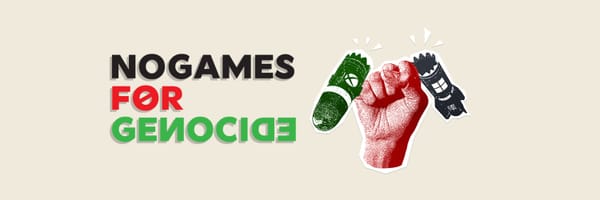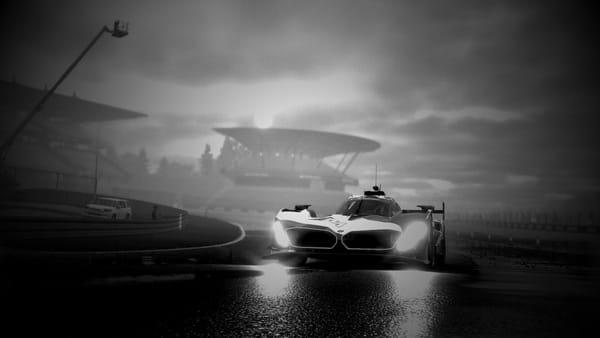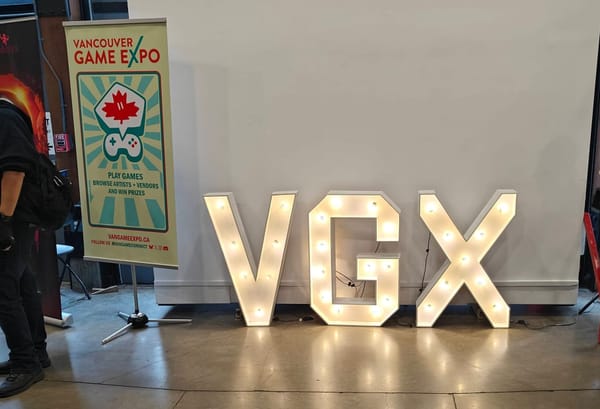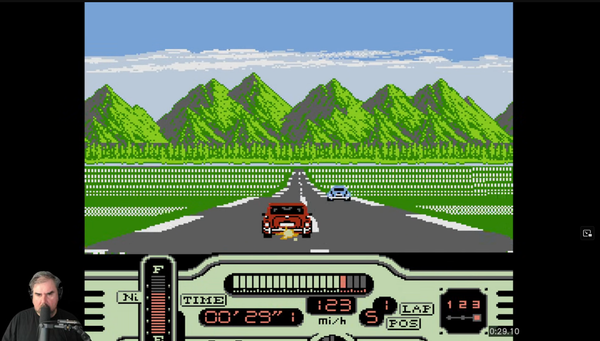One More Win - A Love Letter to The Racing Game Made With Love
The team at Namco made Ridge Racer Type 4 the way they wanted it to be from the very beginning: crisp and cool with immediately recognizable shapes and colors in the menus and in the liveries of the teams you race for.
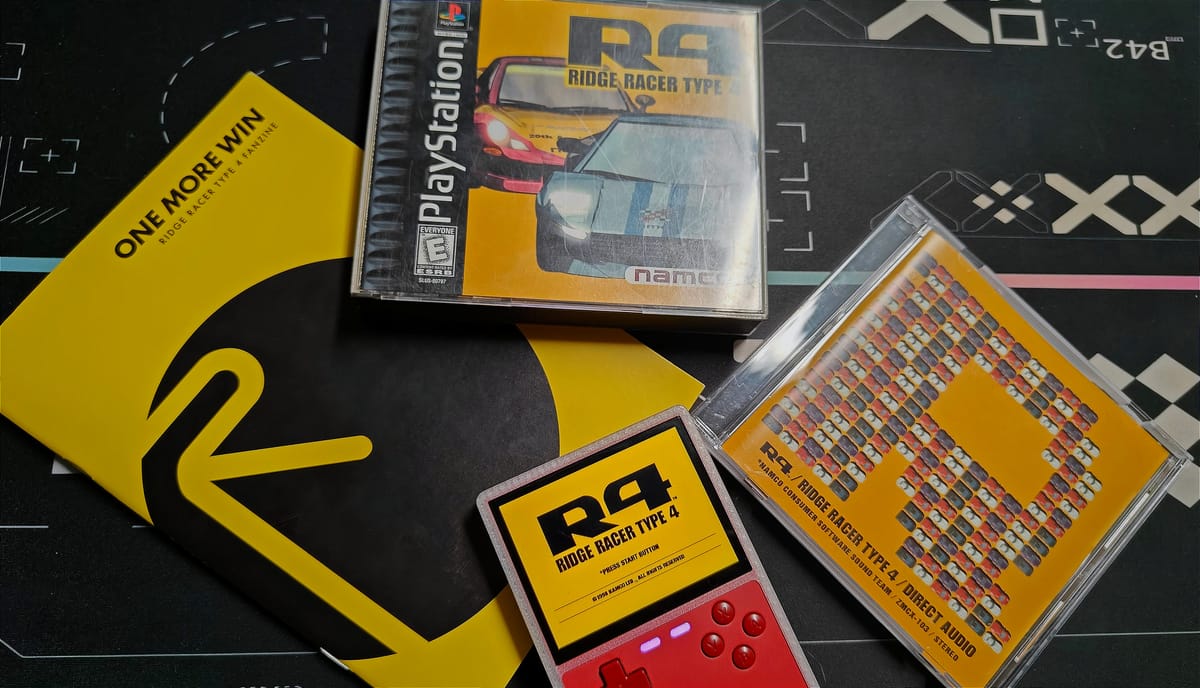
What makes a racing game worthy of having a fanzine made in it's honor? In the world of video games, what kind of heavy lifting does a racing game need to do in order to break the glass ceiling that the genre presides in to reach wider appeal? The only other genre that has this level of challenge compared to it's counterparts is the humble sports game. But racing games have an added advantage compared to the stick and ball sports game: there will always be this spectrum of how a racing game is both in terms of how it drives but also, importantly to this game in particular, how it looks and feels that is rarely fully explored in sports games.
It took racing games to enter the third dimension for that willingness to explore that spectrum to really take hold, as the genre was able to break free from a majority of releases being either an evolution of Pole Position, Outrun or Super Sprint. After that initial burst to escape those evolutionary trees happened with Ridge Racer and Daytona USA leading the charge, a couple developers would then start to explore what was possible in racing games in terms of their look, aesthetic and vibe. The two main developers that did this through the 1990s were Psygnosis and Namco. After Namco were a part of that initial breakthrough into the third dimension, the Ridge Racer franchise would become one of the iconic franchises of the 90s; standing tallest in the racing game space alongside Gran Turismo. But it was their 1998 release that pushed boundaries of how a racing game should look, sound, and be. The game that resulted is aesthetic perfection. It's the best vibes-based racing game ever made, and among the best racing games ever made period.
That game is Ridge Racer Type 4, and One More Win - Ridge Racer Type 4 Fanzine is a brilliant companion and tribute that I had to pick up a copy of for myself.
Written and self-published by Andy Kelly, One More Win comes after the publisher he worked with on the similarly fantastic Perfect Organism: An Alien: Isolation Companion let down the side in terms of paying Andy for his work on Perfect Organism and a compendium on Silent Hill 2 that he was working on for the publisher before they closed up shop. That underlying determination to succeed on his own terms is felt through the compassion he shares in the eight essays looking at all the key pieces that all come together to make R4 what it is. The best way to do that within R4 was starting at the end, and the fantastic crescendo of it's Grand Prix story mode. By the time you're racing on Shooting Hoops and the clock is about to strike midnight, ushering in the new millennium, you are fully engrossed in the human drama that is taking place between you and the team principal you're driving for. His introduction lays bare the magic in this one last dance, and the added joy in crossing the finish line first that goes beyond merely becoming Real Racing Roots '99 champion.

One More Win starts with the things that leave the largest impression in R4: it's story and it's music. These first two essays that focus on these elements, Garage Talk and Direct Audio, are among the longest in the fanzine and highlights just how important these two parts are in the puzzle that is R4. Starting with Garage Talk, Ridge Racer Type 4 has is so much more going on underneath the surface with the world building and the lore that you as the player are dropped into that, without having access to the official Ridge Racer Type 4 Guidebook, you would only know the tip of the iceberg of. Andy does a great job giving a taster to what's going on underneath the surface, and the efforts put fourth by Namco added so much more to what is otherwise a fairly straightforward single player campaign. Each of the four teams you can drive for in the Grand Prix has a story all it's own, and there is a level of intention and purpose to the emotion that is conveyed through the Team Principals you interact with that you just don't see in other racing games that have a story mode.
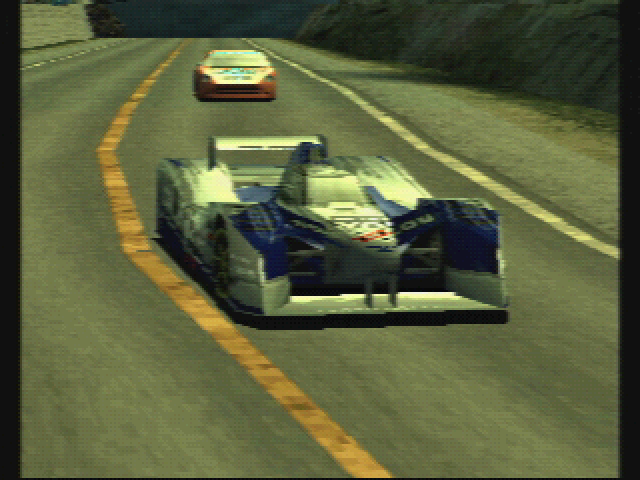
In earnest, Direct Audio goes into the meat and the potatoes of why Ridge Racer Type 4's soundtrack stands the test of time as being the best soundtrack in any racing game, and among the best in video gaming period. The insights shared into what makes this soundtrack tick, as well as a look into the recording of R4's iconic intro song Urban Fragments, highlights how everything comes together with the music being that glue in particular. The music itself? Fantastic; a perfect blend of genres that flows between rock, jazz, electronic and more that always hits the spot. So good in fact, that I bought a copy of the official soundtrack on CD and burned it onto a MiniDisc to use in my car. Within the game, each song is deliberately paired with the race circuit you hear it on during the Grand Prix, and elevates the moment you're hearing them. The song Move Me is played during the penultimate race of the Grand Prix taking place at Heaven and Hell, and it's high-octane mix of jazz fusion and rock helps fill in the story of this being crunch time in the Grand Prix: where the weight of the racing world is on your shoulders, with a win against the odds the only way you're making it to Shooting Hoops.
The main thing I need to reiterate from Andy's essays talking about R4 is the level of intention and deliberate decisions made by the developer are fully felt throughout the game. The team at Namco made Ridge Racer Type 4 the way they wanted it to be from the very beginning: crisp and cool with immediately recognizable shapes and colors in the menus and in the liveries of the teams you race for. There is a reason one of the essays is called Peak Design, and it's a visual design that will stand the test of time as they pushed the original Playstation hardware to new heights. The only other racing game to push the Playstation this hard while going all-in on the vibe and aesthetic would be the similarly fantastic Wipeout 3 from Psygnosis.

But this is all a roundabout way to say that Ridge Racer Type 4 was made with an outward love that you cannot ignore. The entire development team put their collective heart and soul into an arcade racing game that was meant to stand so far apart from the Ridge Racer titles that came before it and, disappointingly, the Ridge Racer titles that would follow. The challenges that were faced in translating R4's vibes from paper to polygons and making it a wholly cohesive game could only have been done out of a level of explicit compassion and love that you just don't see in racing games, when most games are always implicit about it at a developer level. Everybody who goes into making video games goes into it because they love video games and want to show that in their own way, but then there's showing that wire to wire.
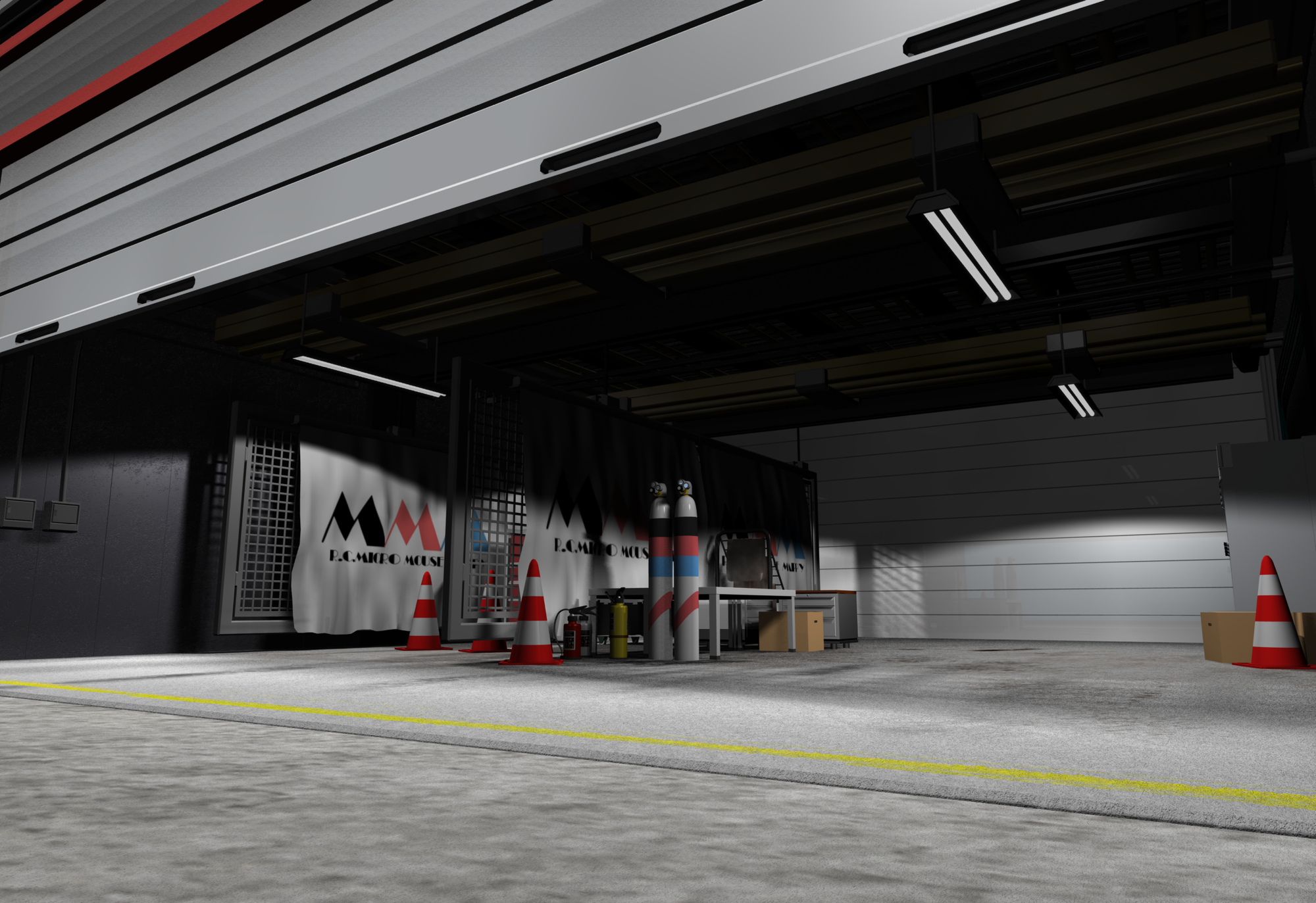
Andy Kelly showed that same love through One More Win. After getting screwed over by his previous publisher, this was something he had to do. He had to put his whole heart and soul into a tribute to a game where that same amount of care and passion was put into it by the developers, and do it fully on his own terms. The design of each of the essay's intro art is top notch, mimicking the iconic yellow and black menus from R4 with the essay bodies featuring a wink and a nod to Namco with Pac-Man and some power pellets making up the border to each of the pieces. His discovery of two different European press kits being uploaded to archive.org was that last piece of the puzzle: with it's high-resolution renders finding a perfect home amongst this love letter to the racing game made with love. One More Win is fantastic front to back in both digital and physical forms with each essay an incredibly well written dive into what made R4 possible.
If you know me from anywhere else on the internet, you know me by my username RealRacingRoots. The younger me that chose that username had such an impression left on him by the mode where the Real Racing Roots '99 Grand Prix takes place in when he first played R4 in the very early 2000s, but could never fully put into words as to why. Andy Kelly put it into words better than I ever could, after he too had Ridge Racer Type 4 leave such an impression on him decades ago. And after his most recent work ventures turned sour, he was able to turn that fire into a fantastic companion to a racing game that is more than worthy of having a fanzine made in it's honor.
You can grab a digital copy of One More Win - Ridge Racer Type 4 Fanzine from Andy Kelly's Etsy page, with an additional run of physical copies being made available sometime in the next week.


